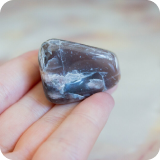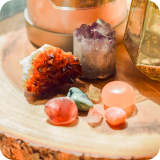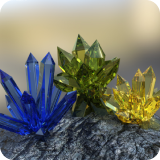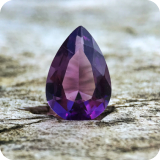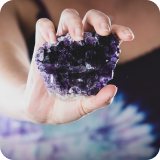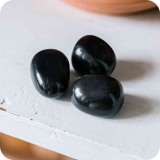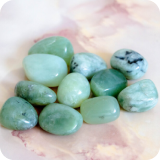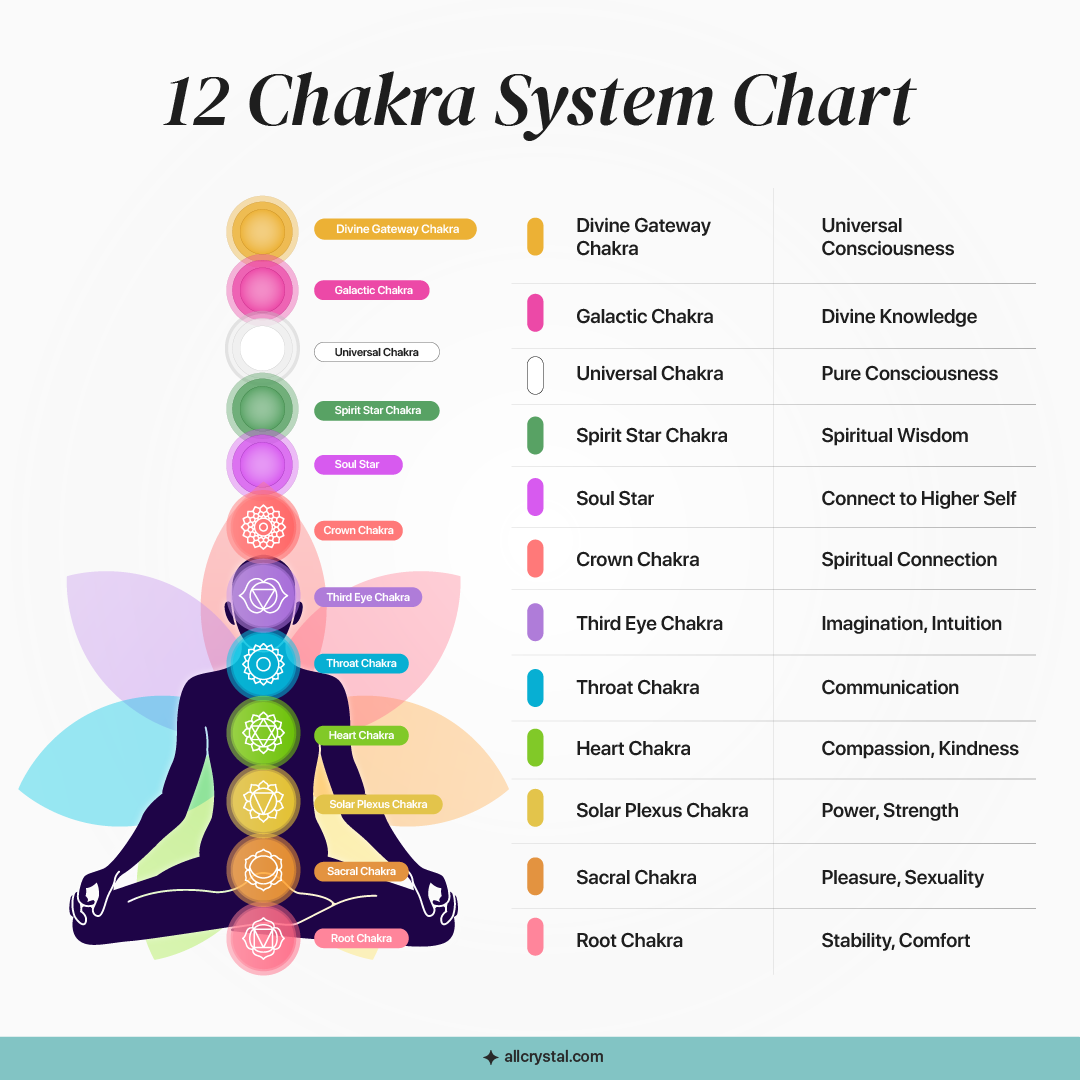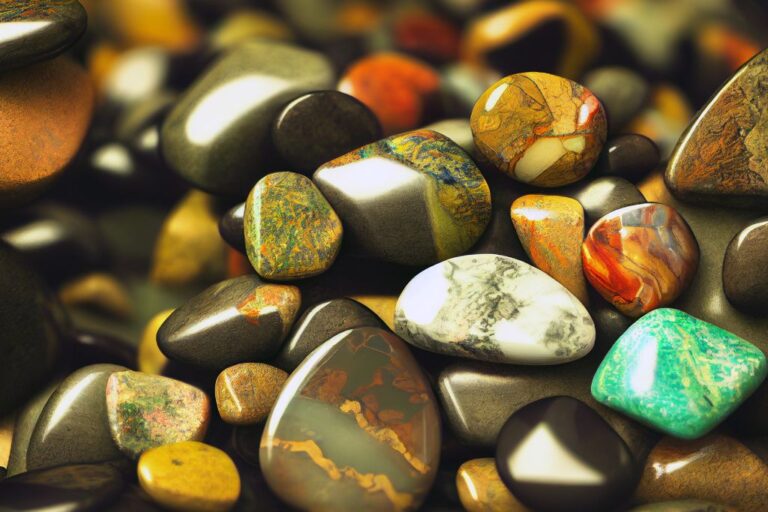Kaolinite
(kay-oh-luh-nite)What is Kaolinite?
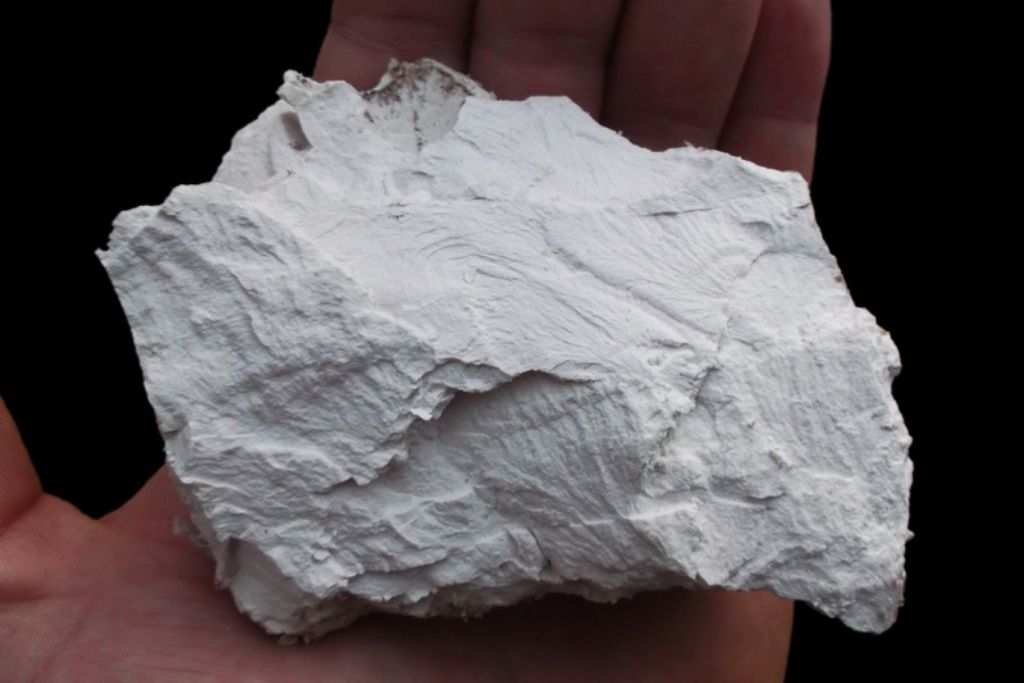
Kaolinite is a gentle, natural mineral commonly seen in white, pink, or yellow tones. Its popular use in ceramics, paper production, and skin care products is due to its smooth texture and fine-grained pattern. Aluminum silicate is this mineral’s main component, resulting in a strong yet lightweight composition.
Kaolinite has been mined for centuries, and important deposits have been found in China. It was first used to make porcelain, which led to its nickname, “China’s white gold.” The name comes from Gaoling village in China, meaning “high ridge.” Today, it is utilized globally across different sectors.
Collectors and crystal fans appreciate Kaolinite for its grounding energy, which is thought to help achieve clarity and peace. Favorite among those who meditate or desire balance due to its peaceful beauty and calming effects.
Did you know that ancient legends say Kaolinite was used to make protective amulets? Healers believed it could shield against negative energy and improve spiritual insight. This myth adds to the crystal’s charm and significance.
Kaolinite Meaning: What Does Kaolinite Symbolize?
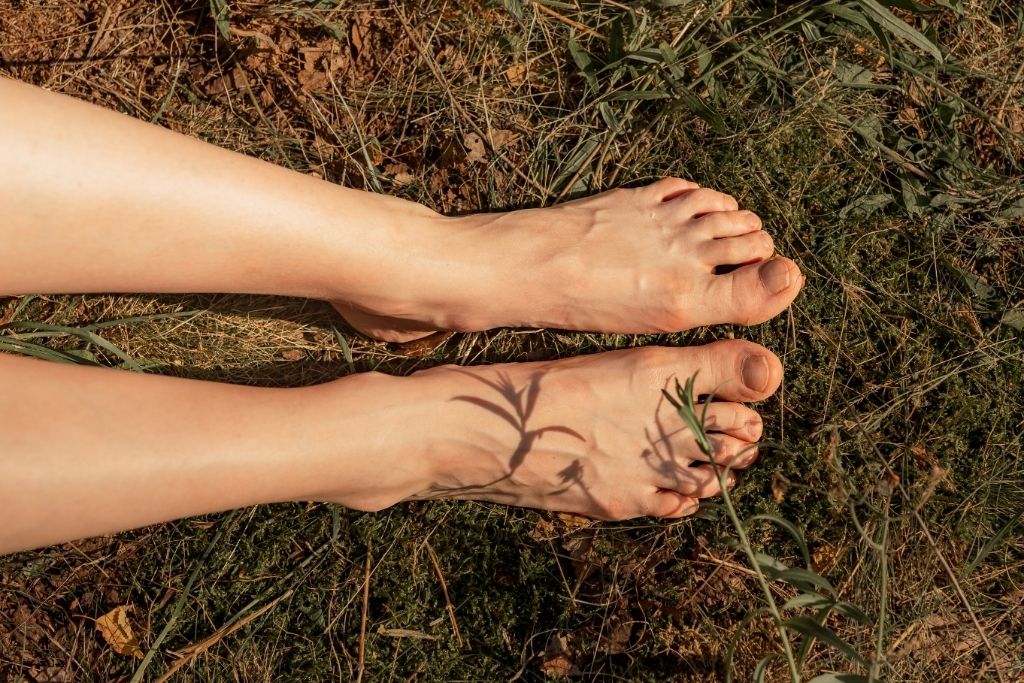
Kaolinite symbolizes purity and grounding.
Kaolinite was greatly esteemed in ancient times for its protecting characteristics. Healers thought it could purify the soul and ward off harmful energies.
Today, Kaolinite is known for promoting calmness and clarity. Its gentle energy is thought to help balance emotions and clear mental fog. Because of this, it’s a popular choice for people looking for inner peace and stability.
Legend describes kaolinite as a stone known for increasing spiritual awareness and intuition. Some believe it holds unique powers to connect the physical and spiritual realms, allowing users to gain a deeper understanding and perspective.
How to Cleanse Kaolinite?

- Running Water: Hold the crystal under cool, running water for a few minutes to wash away any negative energy. Pat it dry with a soft cloth afterward.
- Earth Recharge: Bury the crystal in the earth for 24 hours to absorb the earth’s natural energies. This method helps to refresh and renew its vibrations.
- Moonlight: To purify and renew the energies of crystal, leave it under the glow of a full moon for the entire night. The moonlight’s gentle glow restores its natural balance.
Types of Kaolinite
- White Kaolinite: Completely white, utilized in ceramics and porcelain; thought to symbolize clarity and purification.
- Pink Kaolinite: Gentle and soft pink mineral commonly used in skincare for its gentle qualities and is often linked to love and emotional healing.
- Yellow Kaolinite: Warm yellow, utilized in pottery and as a natural pigment; thought to enhance creativity and joy.
- Red Kaolinite: Rich red, used in traditional art and as a pigment; believed to stimulate energy and passion.
- Gray Kaolinite: Subtle gray, found in industrial applications; associated with balance and stability.
- Brown Kaolinite: Earthy brown, often used in ceramics; believed to promote grounding and endurance.
- Cream Kaolinite: Soft cream, used in fine pottery; thought to offer calmness and serenity.
- Beige Kaolinite: Light beige, used in cosmetic products; associated with nurturing and soothing energies.
- Orange Kaolinite: Bright orange, used in art and decoration; believed to enhance creativity and enthusiasm.
- Green Kaolinite: Pale green, used in some decorative items; associated with renewal and growth.
- Blue Kaolinite: Soft blue, used in specialized ceramics; thought to bring tranquility and communication skills.
- Purple Kaolinite: Gentle purple, used in artistic applications; believed to enhance intuition and spiritual insight.
- Black Kaolinite: Dark black, often used in industrial settings; associated with protection and strength.
- Ivory Kaolinite: Off-white, used in high-quality pottery; believed to promote purity and elegance.
- Turquoise Kaolinite: Blue-green, used in some artistic crafts; thought to offer emotional balance and healing.
- Silver Kaolinite: Metallic silver, used in specialized ceramics; associated with clarity and mental focus.
- Copper Kaolinite: Reddish-copper, used in artistic applications; believed to stimulate creativity and energy.
- Charcoal Kaolinite: Dark charcoal gray, used in industrial products; associated with grounding and stability.
- Rust Kaolinite: Rusty orange-brown, used in traditional ceramics; thought to enhance courage and resilience.
- Peach Kaolinite: Soft peach, used in pottery; believed to bring warmth and kindness.
- Lavender Kaolinite: Light lavender, found in art; thought to help with relaxation and spiritual growth.
- Teal Kaolinite: Cool teal, used in ceramics; linked to emotional balance and clear communication.
- Rose Kaolinite: Deep rose-pink, used in fine pottery; believed to boost love and self-kindness.
- Mauve Kaolinite: Muted mauve, used in delicate ceramics; thought to bring peace and reflection.
- Amber Kaolinite: Warm amber, found in art and pottery; associated with energy and creativity.
- Maroon Kaolinite: Rich maroon, used in traditional art; believed to strengthen resilience and courage.
- Mustard Kaolinite: Deep mustard yellow, used in earthy ceramics; thought to enhance mental clarity and focus.
- Violet Kaolinite: Light violet kaolinite is used in spiritual practices and is believed to enhance intuition and psychic abilities.
- Crimson Kaolinite: Deep crimson red, used in art; thought to increase vitality and passion.
- Cobalt Kaolinite: Bright cobalt blue, utilized in specialized ceramics; associated with creativity and innovation.
- Mint Kaolinite: Pale mint green, found in decorative items; believed to refresh the mind and spirit.
- Bronze Kaolinite: Shiny bronze, used in artistic crafts; linked to strength and resilience.
- Saffron Kaolinite: Warm saffron yellow, used in pottery; thought to promote optimism and happiness.
- Indigo Kaolinite: Deep indigo, used in spiritual rituals; believed to enhance wisdom and inner peace.
- Aquamarine Kaolinite: Soft aquamarine, found in fine ceramics; associated with emotional healing and calmness.
Kaolinite Healing Properties and Benefits
Detoxification
- Kaolinite helps absorb impurities from the skin and body due to its natural cleansing properties.
- Use it in face masks or clay baths to draw out toxins and refresh your skin.
Skin Soothing
- The crystal’s calming energy can reduce redness and irritation.
- Apply Kaolinite-based products like masks or creams to soothe and calm sensitive skin.
Hydration
- Kaolinite helps retain moisture in the skin by forming a barrier that prevents water loss.
- Use Kaolinite-infused skincare products to maintain skin hydration.
Healing
- It is believed to support the body’s natural healing processes by promoting relaxation and reducing stress.
- Meditate with Kaolinite or place it on areas of discomfort to aid in recovery.
Balancing
- Kaolinite helps maintain emotional and mental stability by grounding energy and removing mental confusion.
- Place the crystal in your surroundings to increase stability and clarity.
Kaolinite Spiritual Properties and Benefits
Grounding
- Kaolinite’s Earth-element connection helps anchor and stabilize energy.
- Hold or place the crystal on the Root Chakra during meditation to enhance grounding.
Calmness
- Its soothing energy helps reduce stress and promote a sense of peace.
- Use Kaolinite during meditation to align and calm the mind.
Clarity
- Kaolinite clears the mental clutter and supports focused thinking.
- Meditate with the crystal or keep it in your workspace to enhance mental clarity.
Harmony
- The crystal balances energies and fosters a sense of overall harmony.
- Place Kaolinite in living spaces or use it in meditation to maintain balance.
Insight
- Kaolinite is believed to enhance intuition and understanding.
- Hold it while meditating or reflecting to gain deeper insight and awareness.
Side Effects of Kaolinite
- Skin Irritation: Prolonged contact with Kaolinite-based products may cause mild skin irritation or dryness in some individuals. Use caution and perform a patch test before full application.
- Dust Inhalation: Inhaling Kaolinite dust can lead to respiratory issues or irritation. Avoid breathing in dust and use protective equipment if handling the raw mineral.
- Overuse: Excessive use of Kaolinite in skincare or other applications may lead to dryness or imbalance. Use it in moderation to avoid potential negative effects.
Answers and Questions
Kaolinite is used in ceramics, porcelain, paper, and skincare products. It enhances the quality and durability of these items.
Yes, Kaolinite is safe for skin application due to its gentle, non-irritating properties. It’s commonly used in skincare products.
Kaolinite can be cleansed with running water, buried in the earth for a recharge, or exposed to moonlight. These methods help remove accumulated energy.
Kaolinite is thought to offer grounding, calmness, clarity, harmony, and insight. It supports mental and emotional balance.
Kaolinite differs due to its pure white color and use in high-quality ceramics and porcelain. Other clays vary in color and application.
Yes, Kaolinite is used in meditation to promote clarity and calmness. It helps to focus the mind and enhance spiritual insight.
Interactions with Kaolinite
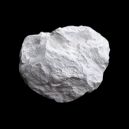
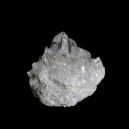
Kaolinite vs. Quartz
They go well together because both resonate with the Earth element, promoting grounding and clarity.
| Crystal | Kaolinite | Quartz |
| Chakras | Root, Sacral | All |
| Ruling Planet | Moon | Sun |
| Ruling Element | Earth | Earth |
| MOHS | 1-2 | 7 |

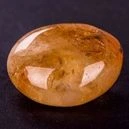
Kaolinite vs. Citrine
They complement each other well as both align with the Earth element, fostering balance and creativity.
| Crystal | Kaolinite | Citrine |
| Chakras | Root, Sacral | Solar Plexus, Sacral |
| Ruling Planet | Moon | Sun |
| Ruling Element | Earth | Fire |
| MOHS | 1-2 | 7 |

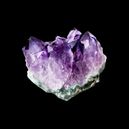
Kaolinite vs. Amethyst
Kaolinite and Amethyst can be worn together as their ruling elements and chakras harmonize well, offering a balance of grounding and spiritual insight.
| Crystal | Kaolinite | Amethyst |
| Chakras | Root, Sacral | Third Eye, Crown |
| Ruling Planet | Moon | Jupiter |
| Ruling Element | Earth | Water |
| MOHS | 1-2 | 7 |
Most viewed articles from Kaolinite Crystal
